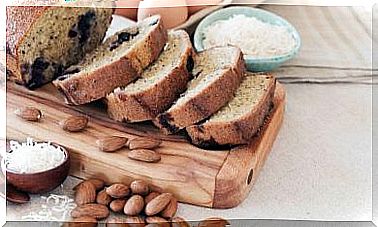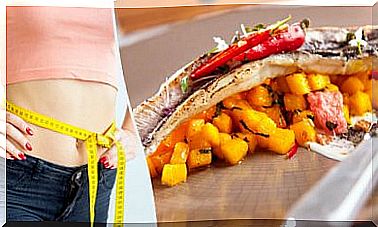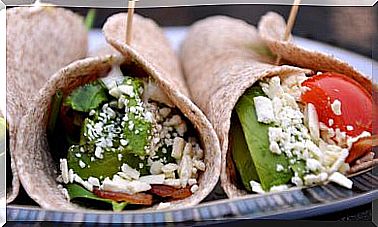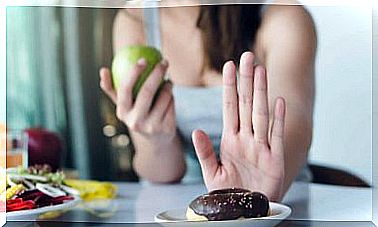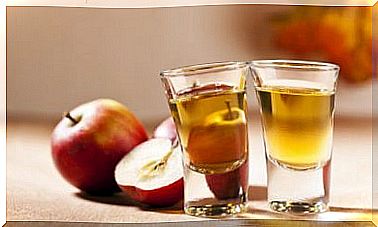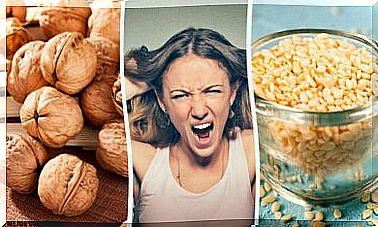Soft Diet: Find Out All About It

In the large catalog of diets that are currently found in books or on the Internet, very little is said about the soft diet as a clinical nutrition tool. It is not just for losing weight, but for fighting digestive system problems.
The soft diet brings with it some common mistakes. “Soft” is a word that might make you think you can only eat soft foods, but it’s not the reality. It refers to those foods that are easy to digest.
For this reason, it is also known as a gastric protection diet. On the other hand, diets that relate to soft-textured foods are known as soft dental or chewable diets.
When should you put it into practice?
The main objective pursued with this diet is to prevent the digestive system from straining when processing food. The idea is to recover with the least amount of work possible. In this sense, the products that are consumed must be easy to digest.
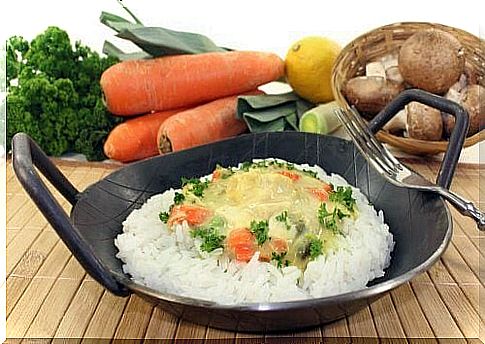
A soft diet is free of saturated fat and contains no irritants to prevent stimulation of gastric juice secretion. These characteristics make it one of the tolerance diets, which are those that seek to adapt the body to a normal diet after an illness.
What is the soft diet based on?
It is an eating plan that serves as a transition from a liquid diet to a general or normal diet. Its use will always depend on the patient’s conditions, tolerance and characteristics. It usually involves several stages.
As it is a clinical diet, it starts with the consumption of food in periods of 6 to 24 hours, together with a liquid replacement. It then progresses to a liquid diet, where you drink rice water, carrot water, or tea. Lastly, semi-solid foods are included.
In this last phase, yogurt and cooked ham are ideal. Meat and fish that must be cooked on the grill or in the oven are also included. This entire process will allow the patient to reach their usual diet.
Types of Foods That Can Be Eaten
Undoubtedly, in a soft diet one must choose those foods that avoid intestinal transit. So you should select those that are easily digested. For example:
Rice and its derivatives
These products have astringent properties. That is, they help to clean the digestive tract. You can eat rice, semolina or foods that are made from rice.
refined wheat flour
Also its derivatives or wheat semolina. They are low in fiber and therefore very easy to digest. The good news is that you can eat cooked spaghetti.
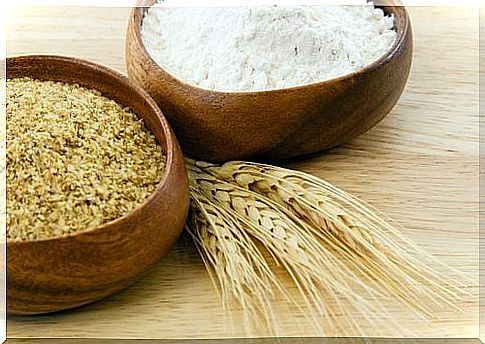
Homemade vegetable broth
They favor hydration and provide the amount of electrolytes, minerals and vitamins that the digestive system needs to perform its functions properly.
Herb tea or infusions
The objective is that the drink doesn’t get concentrated, it should be light. One advice is to let the tea boil for a short time. We recommend that you use, par excellence, chamomile and lime.
cooked carrots
They have a high amount of soluble fiber that helps in the proper formation of stools and fights diarrhea.
lean white meat
They are ideal after spending several days without eating protein, as their digestion takes a lot of work. The soft diet should include chicken, turkey or fish.
vegetable oils
They should not be subjected to any type of cooking and should be eaten sparingly. The idea is that you use them as a seasoning for your dishes, but never to cook food.
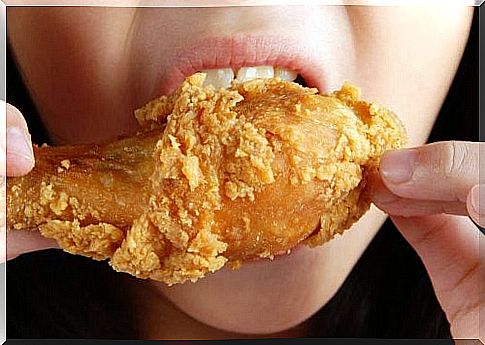
Alert! You can’t eat this:
- Fried and very salty food
- processed sauces
- Coffee
- Alcohol
- acidic juices
- Soft drinks
- Sweets like chocolate
- snacks
- hot sauces
- Preserves (olives, cucumber)
- Tobacco
Some general recommendations
Soft diet is very easy to follow. It has no complications and is homemade. In this sense, you’ll just need a little patience because maybe you might lack some flavor. Like any diet, it requires commitment, even more so when it comes to regaining your health.
We recommend that:
- First, try to eat in small amounts. In this way it will help the digestive process to be faster and easier. You can eat several times a day to satiate hunger, but always in small portions.
- Also, cook with little salt. This will prevent fluid retention.
- On the other hand, try to serve warm food. In other words, neither too hot nor too cold, in this way each food consumption will not have a high impact on the digestive system.
- Finally, chew it well. This is a point that deserves a lot of importance. If you chew your food well it will help make digestion easier. In addition, you will feel more satiety and speed up your metabolism.
